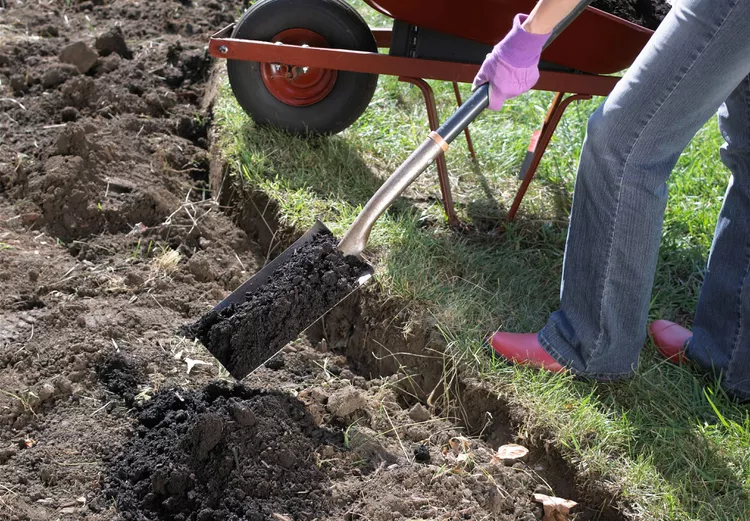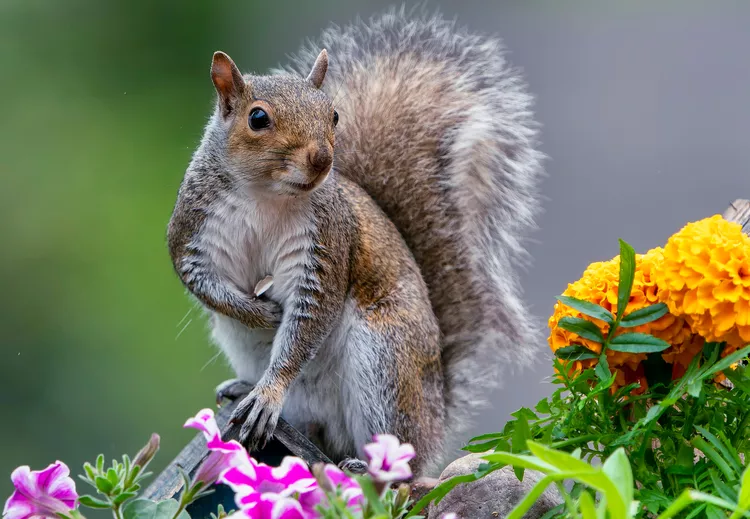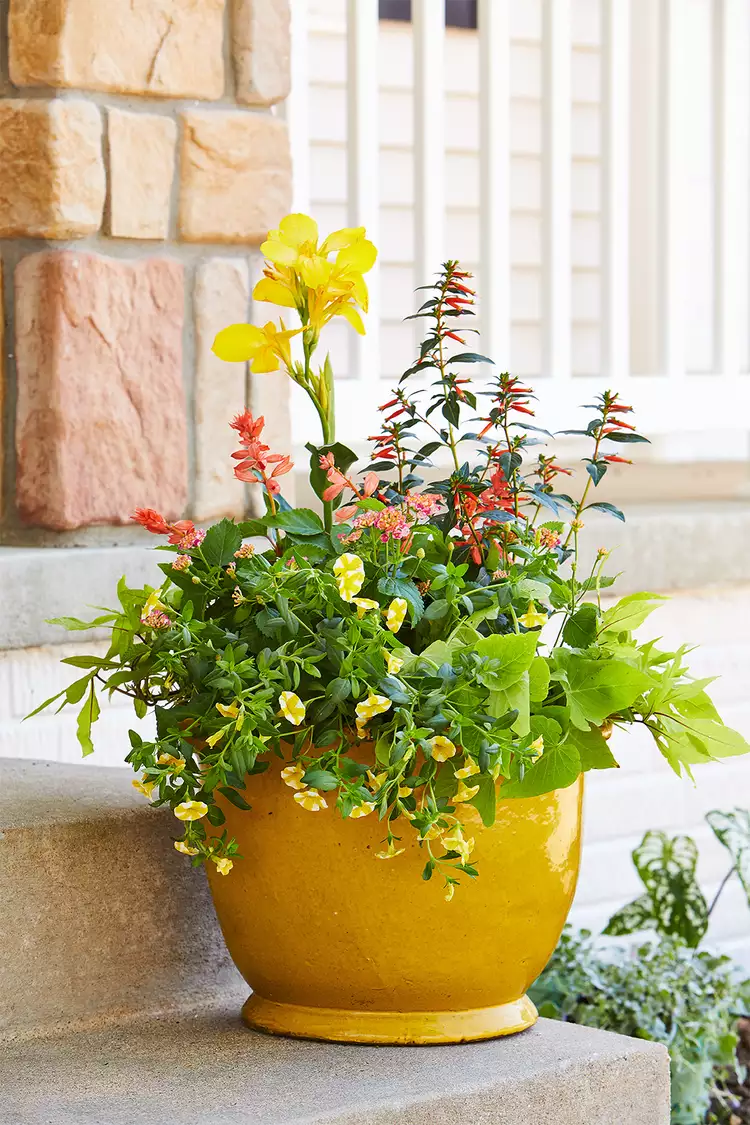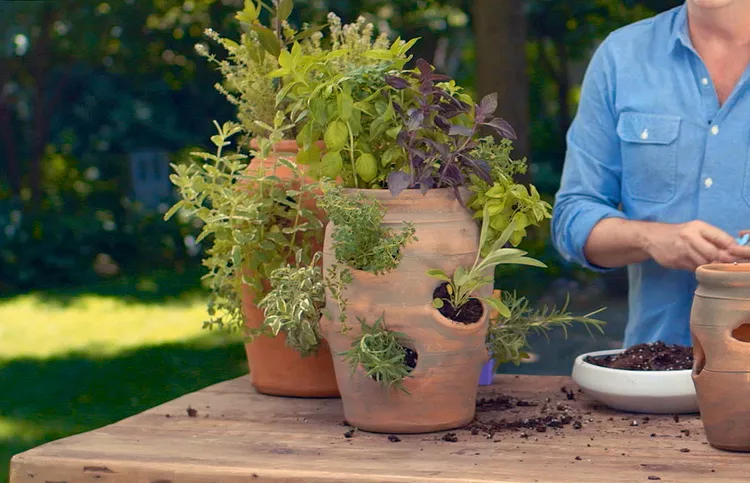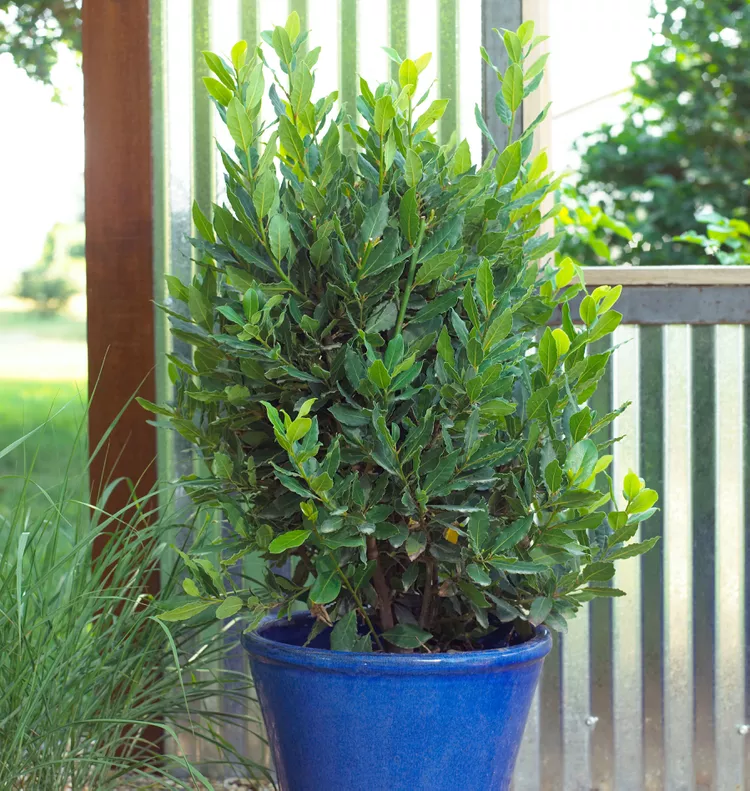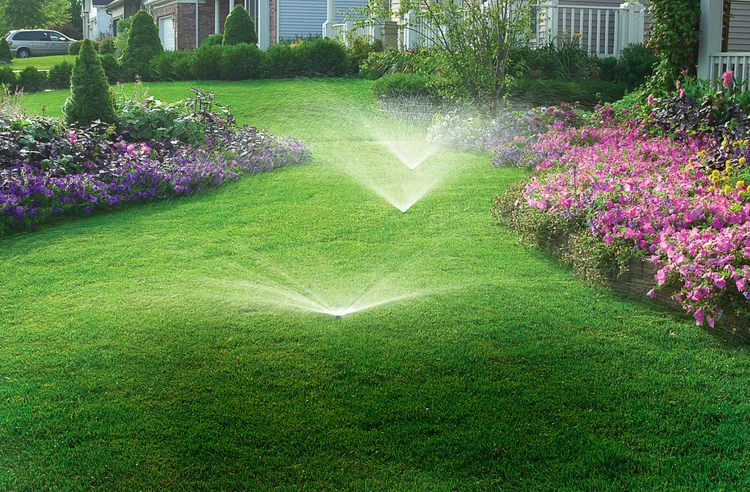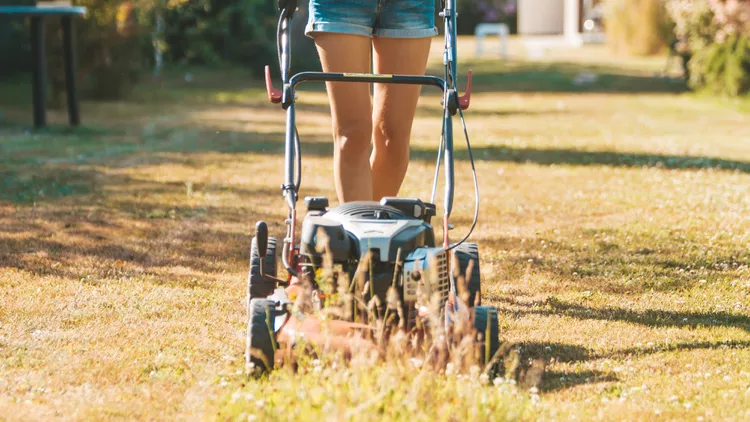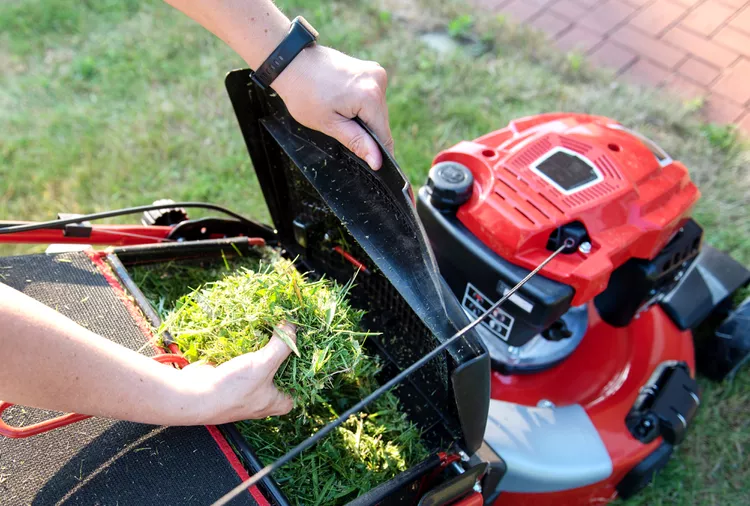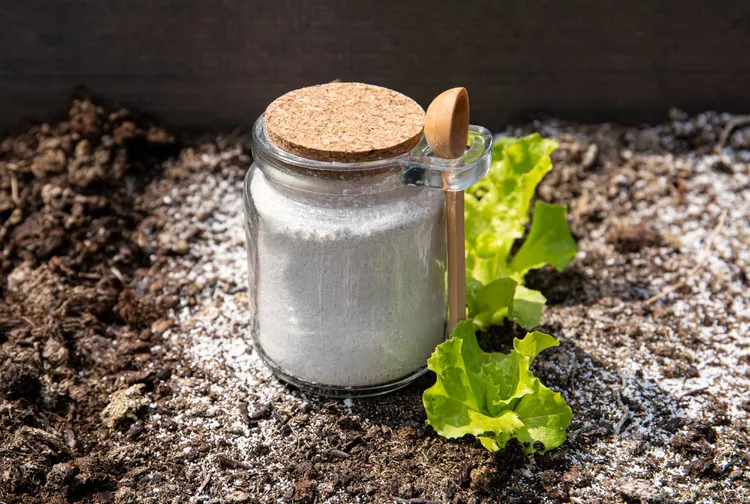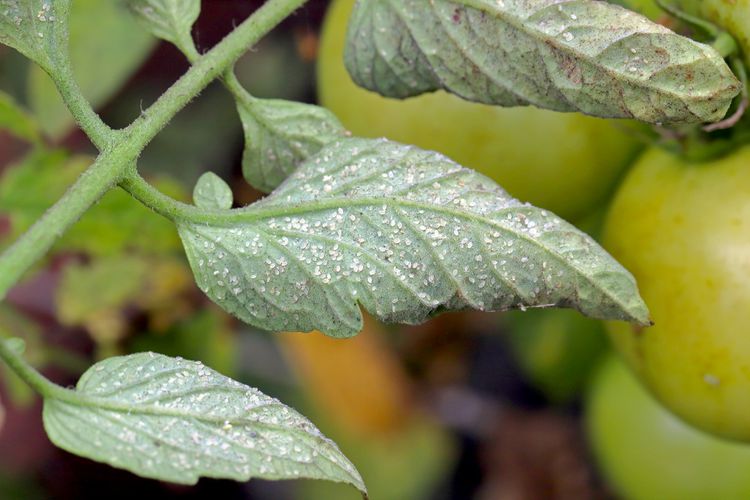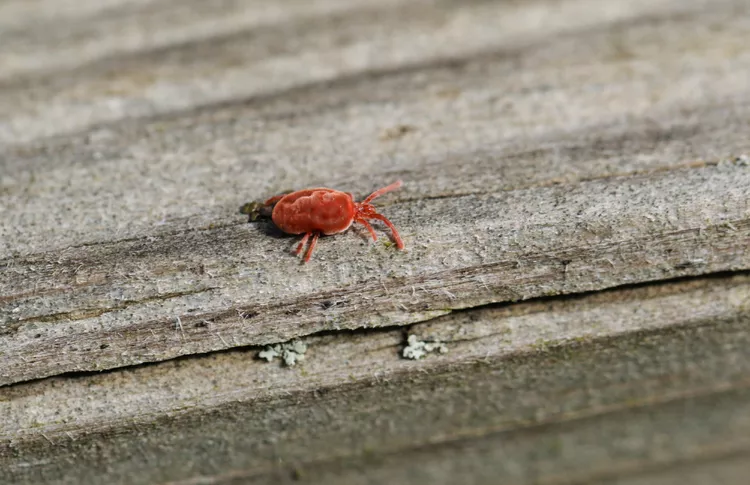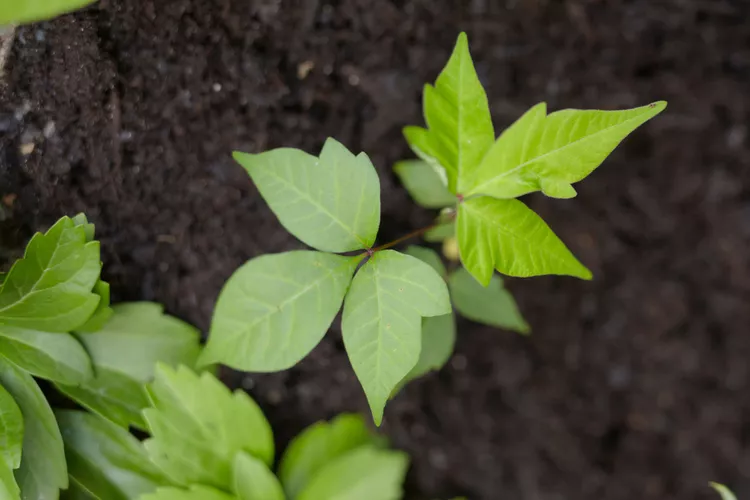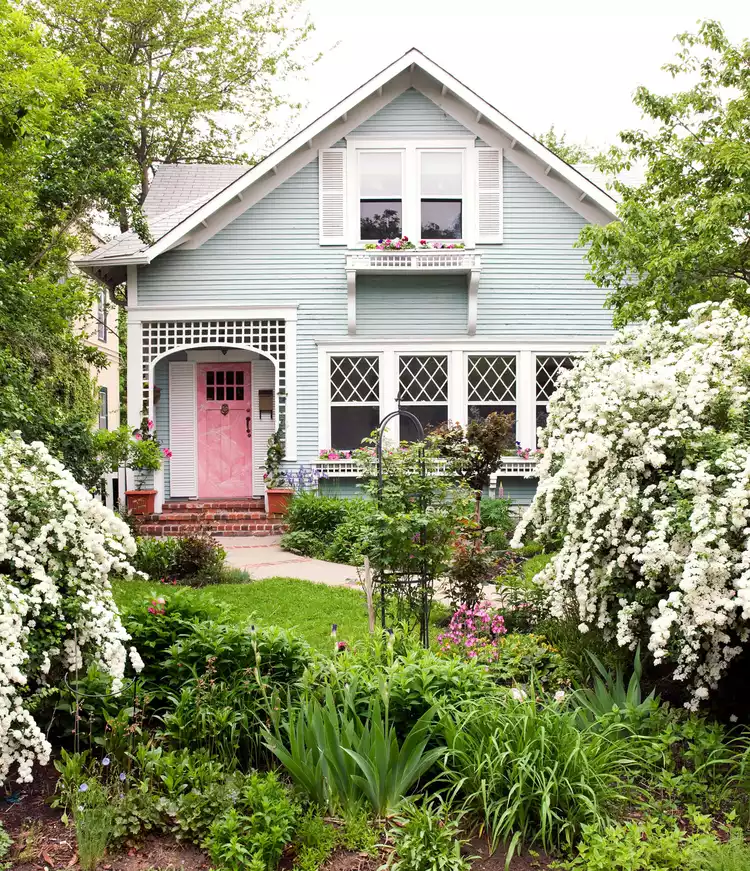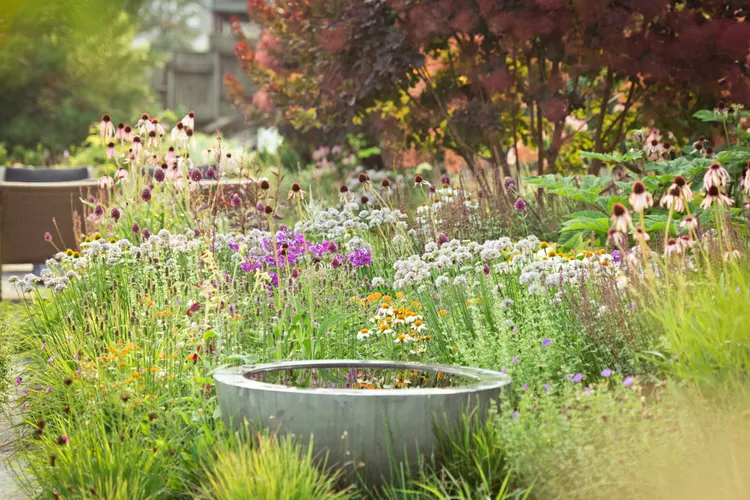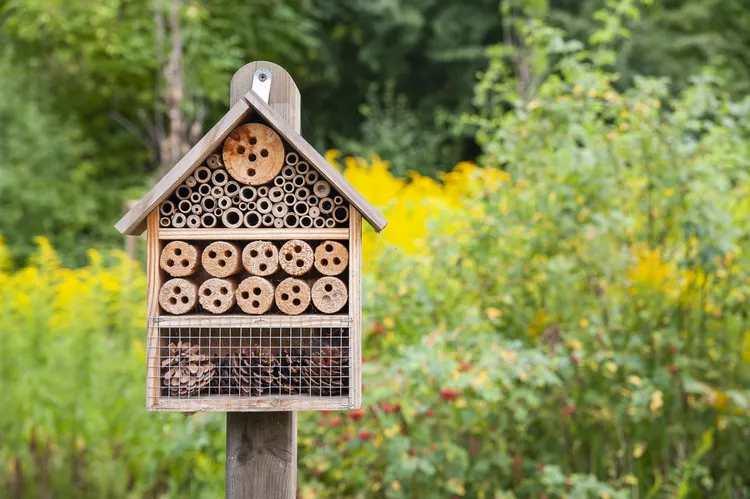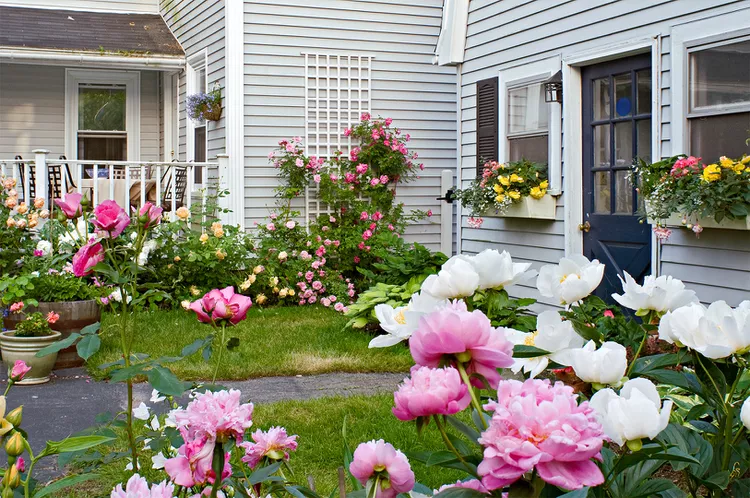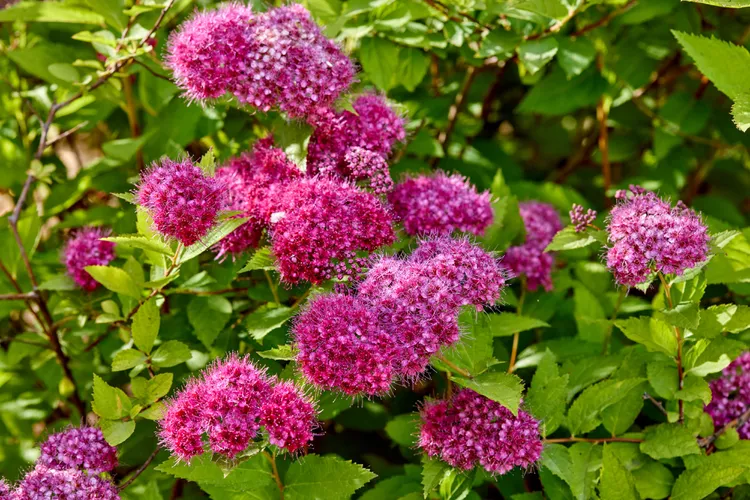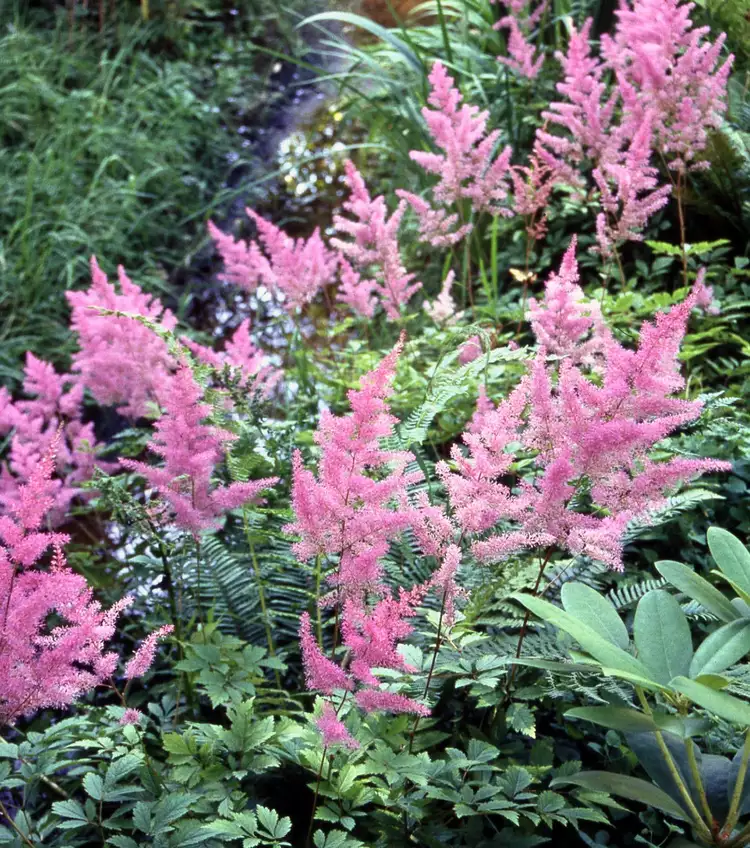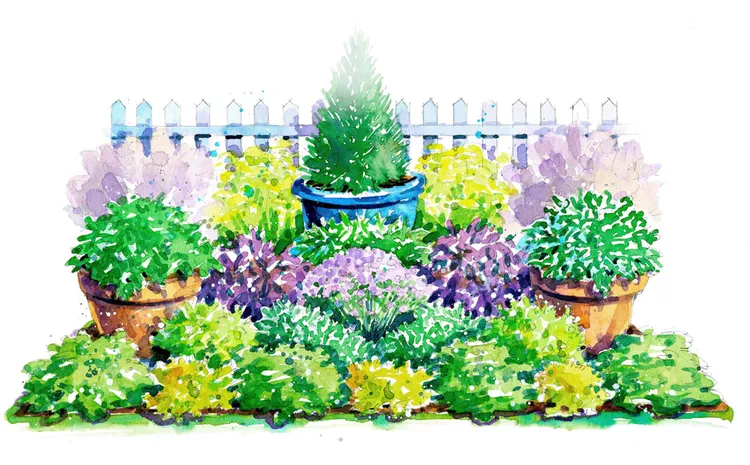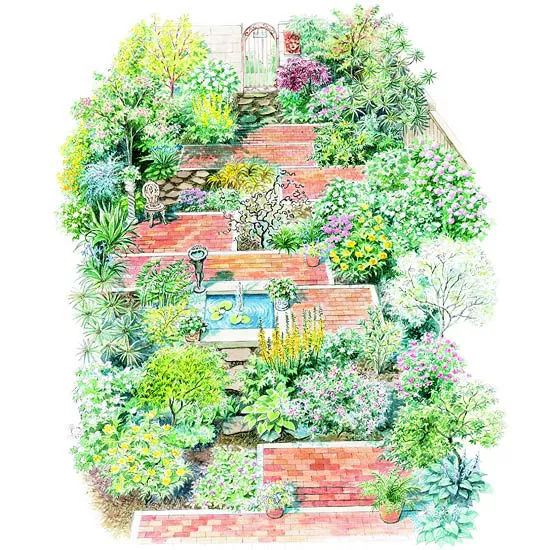Deciding which soil amendments are right for your garden can seem daunting because soil is ever-changing. Some nutrients are removed and others are replaced as plants grow. Moisture levels change, and pH can shift over the seasons. This basic guide includes some of the most common soil amendments and explains how they can help you grow healthier plants.
What is a soil amendment?
A soil amendment is any organic or inorganic material that can be added to soil to improve its physical or chemical properties.
Why Add Soil Amendments?
When creating an ideal environment for plants in the garden, you may need to amend the soil to shift its properties in one direction or another. For example, you might need to raise the pH of acidic soil for better vegetable growth or add organic matter to improve drainage and reduce compaction in heavy clay soils. Or you may be looking to replenish certain plant nutrients organically.
Before adding amendments to your garden, a soil test is a good idea. The results will help you better target nutrient deficiencies or highlight an area you need to improve, such as drainage. Check with your local county extension office to find out how to take a soil sample and where to send it.
Soil Amendments for Healthier Plants
Soil amendments are usually used to improve three main properties: fertility, soil structure (drainage and porosity), and pH. While some of the following amendments accomplish more than one of these functions, others are limited to a specific niche.
1. Compost
Often touted as the cure-all for what ails a garden, compost does indeed do great things for soil and plants. Plus, it's one of the few soil amendments that's easy to make yourself by composting garden and kitchen waste.
Compost is the decomposed remains of plant material that was once alive. Think of leaves, grass clippings, bark, kitchen scraps, and straw. When hot composted, the resulting material has very few weed seeds—the heat kills them. If you don’t make compost yourself, look for it where you buy potting soil.
Adding compost boosts the amount of organic matter in your soil. Lots of organic matter improves drainage while also helping the soil hold on to plant-available water better. Compost increase the pore space in the soil for better air circulation to roots (yes, they need oxygen), and it provides nutrients for plant growth.
Compost added to sandy soils helps it retain water. Working compost into clay soils lightens the soil structure and improves drainage and pore space. It adds fertility to all soils.
While compost clearly is a versatile soil amendment, there’s no need to go overboard. Too much compost can cause overly high concentrations of some nutrients (causing problems with plant uptake of other nutrients) and buildup of salts. A 3-inch deep layer can be worked into the soil when creating new garden beds. Then, a yearly addition of 1 to 2 inches is more than sufficient.
2. Aged Manure
Manure comes from the south end of a north-facing cow, pig, chicken, sheep, or goat. More important than the critter of origin is that the manure has been composted or allowed to rot. Fresh manure can burn or kill plants and introduce bacteria into your garden that cause human diseases.
Given time to decompose, manure becomes an excellent soil amendment similar to compost. Aged manure, often called well-rotted manure, raises the soil’s fertility and increases the soil’s organic matter. Drainage and pore space are also improved.
Even aged manure is often high in nitrogen, so apply it with more restraint than you would when adding compost. If you pile it on too thick, you'll get lush, green growth on tomatoes, squashes, and other vegetables but not much setting of blossoms and fruit. If you’ve seen huge tomato plants with barely any tomatoes, excess nitrogen is a likely reason.
3. Lime
You can add lime to garden soils to neutralize acidity, raising the pH from acidic to neutral. The pH scale runs from 0-14, with 7 being neutral. Soil pH affects how plants take up nutrients. Most garden plants do best in the 6.0-7.0 range, where many nutrients are at their peak availability.
Pelletized lime is available in bags and easily spread in the garden. Unless you have a farmer neighbor offering it for free, skip the product known as ag lime. It’s intended for large fields and spreading by powerful machines and often has large clumps. A soil test will reveal your current pH and how much lime to use to bring it up if needed.
4. Sulfur
Some soils have an alkaline or basic pH, meaning a value greater than 7.0. While a little alkalinity isn’t a big deal, as pH rises above neutral, some nutrients are less available to plants. If a soil test reveals your garden has a high pH, the test recommendations may include something like: “Add 15 pounds of sulfur per 1000 square feet.” This will help bring down the pH to make more soil nutrients available to plants.
When purchasing sulfur, look for the product called elemental sulfur. Many other sulfur products are sold, some of which contain insecticides. Sulfur won’t immediately lower the pH, so expect results to take a year. Apply it in early spring or autumn and work it into the soil.
5. Perlite
Perlite is mined from volcanic material and then heated in a furnace, where it expands like popcorn. It’s white and fluffy and feels a bit like Styrofoam. Perlite is commonly used to improve soil structure, improve pore space, reduce compaction, and provide water retention. You’ll likely find it in potted plants you buy from the nursery. Use perlite to keep soil in pot fluffy and loose, improving drainage and air circulation. It's also useful for propagating cuttings.
6. Vermiculite
Similar to perlite, vermiculite is made from natural mica that is heated in a process that vastly expands its size. Vermiculite is gray and flaky and a common ingredient in seed-starting mixes. Choose vermiculite to aid in water retention for potting soil, especially when starting seeds.
